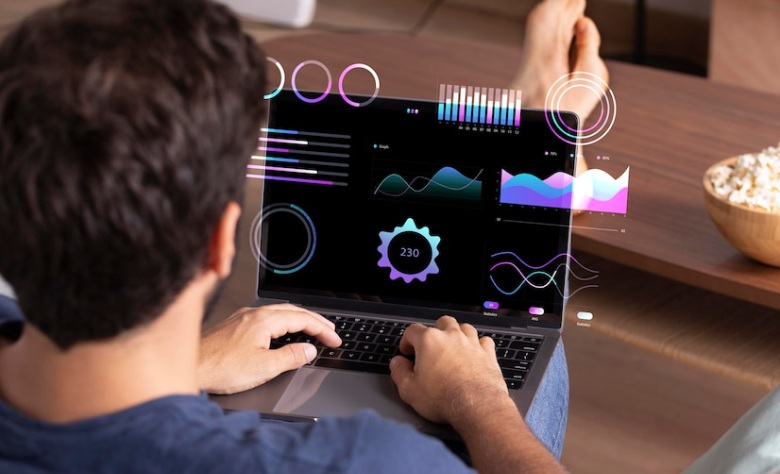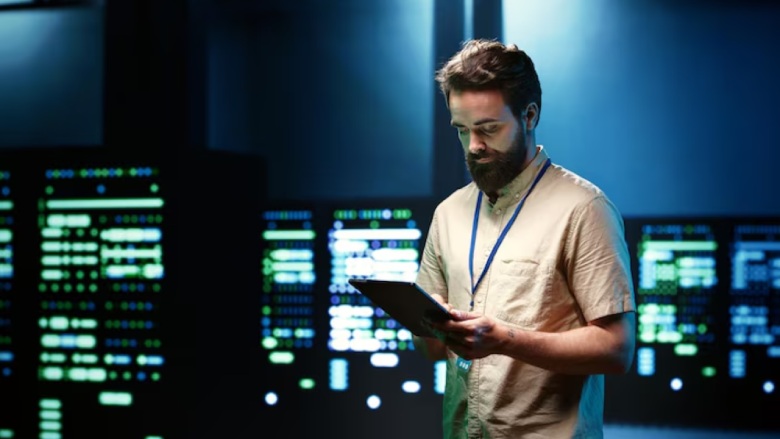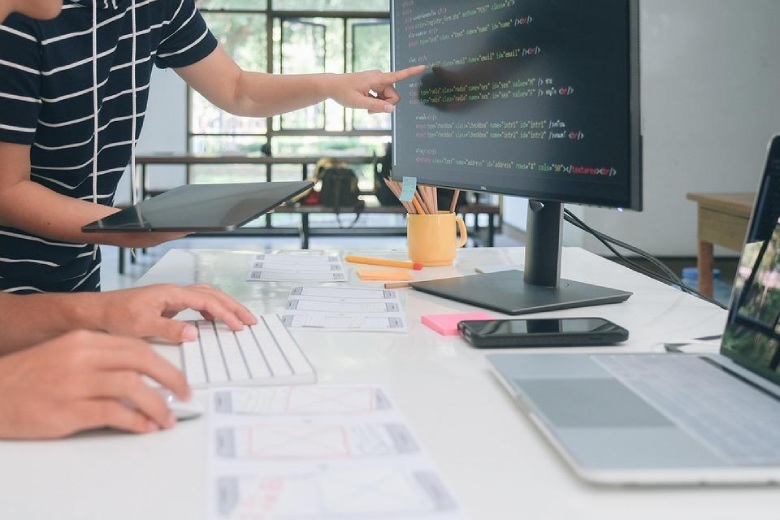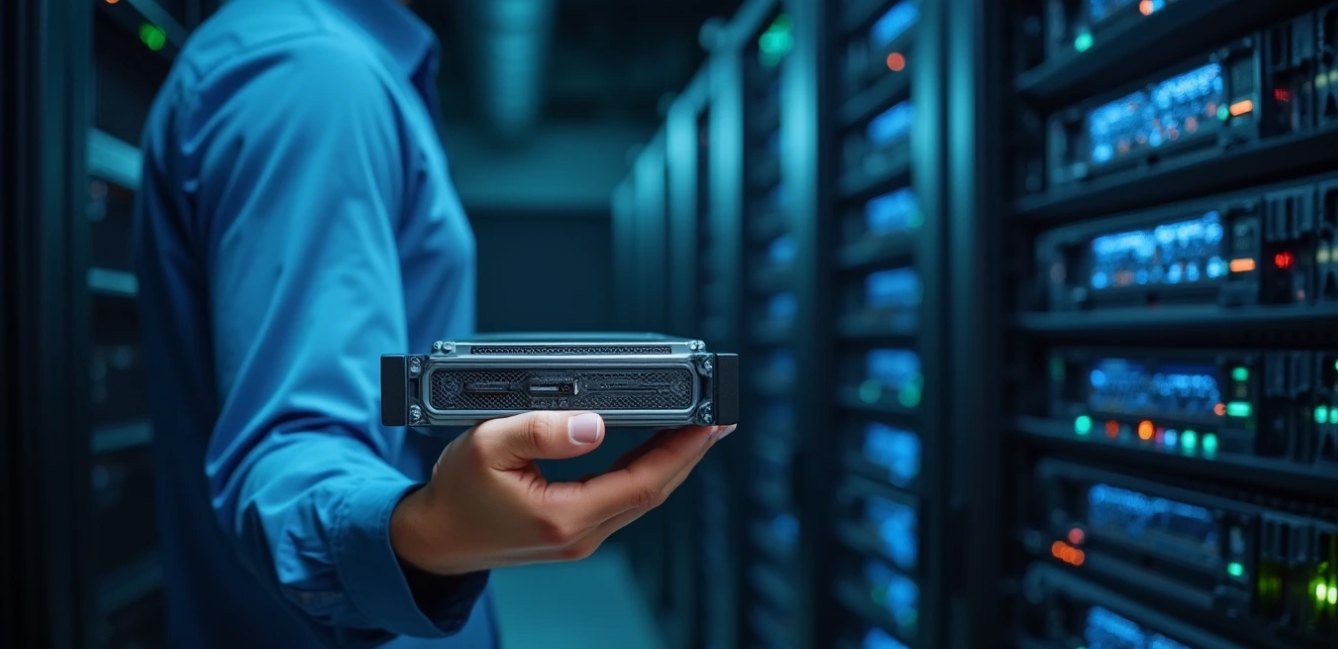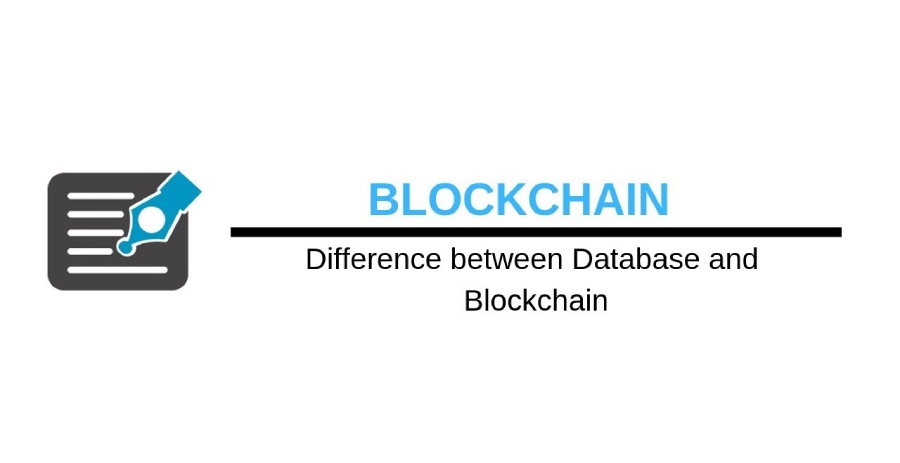
What Is The Difference Between A Database And Blockchain?
If you have some idea about cryptocurrency, you might have come across the term “blockchain.” It refers to the technology that ensures all cryptocurrency transactions are transparent, accurate, and immutable. The next thought that might come into your mind is why are blockchains so important today?
Experts in the field say when working with multiple stakeholders across the globe; there are always threats of inconsistency. Even if you have 100% trust in the other person, human errors cannot be eliminated. The following example will illustrate the above point clearly-
Suppose you have dinner with your friend and are going to meet him/her at an appointed time and their clock was not updated for the correct time, this is an accident, but technically they are not late. This same technology has been used by blockchain so that corrections are made. Here, the time as in the example of the clock on your smartphone automatically corrects the time. So, there is no chance of it being wrong or coming from a decision-maker from a single source. The time decided comes from a common majority vote from the participants present on the network.
Conventional Databases Versus Blockchains
The fundamental difference between a database and blockchain is the centralization. The records that are secured on the database are centralized. However, in the case of a blockchain, every participant has a protected copy of all records and the changes done to it so that every user gets to see the accurate data.
The advantage happens when an inconsistency occurs. When there is a copy of the data with every participant, the blockchain will detect and correct any unreliable data. So, in the case of the first example, the technology here would have auto-corrected the wrong time on your friend’s watch. Even if someone with malicious intentions changes the time, it will be auto-corrected as well. This time will be verified with the rest of the participants, so the chances of your friend coming late for dinner will never arise.
Smart Contracts And Customers
When the data has the ability to automatically recognize and make the corrections by itself based on business logic created by codes and mutual consensus, the participants will always be able to trust the information intrinsically.
When two companies or businesses work with one another, they generally do not share one database with just a single collection of records. This is because this database is always being looked after and maintained by a qualified DBA.
This DBA is getting paid by one of the businesses and has a stake in the success of just the company he is hired for and not the other business. If one business decides to make changes to the database for further improvement, the second company will never know about it. Again, if there is a malicious intention involved, the other company can pay the professional to change the business database without the knowledge of the other.
This is why even when you are hiring a DBA to maintain your data; you must ensure that you rely on credible and trustworthy names. Good remote DBA companies will value your privacy and not employ professionals without adequate background checks. To know more about safeguarding your database, contact RemoteDBA.com.
The Incorporation Of Blockchain In The Data Process
When you incorporate blockchain technology in the data process, you eliminate all single points of failure. In the above case, even if the DBA makes the change, the other participants will note the above so that data will be corrected to appear uniform for everyone.
After this correction is made, the change will also show which participant attempted to make it. When this data process is safe, the business trusts the information shared only with the other companies it works with. Blockchain technology will also help the company share information with its competitors as well. For instance, Samsung trusts Apple when payment is made, and Apple trusts Samsung when it is delivered.
The Data Can Be Trusted
Something interesting takes place when competitors in the same business niche trust the shared data. The above creates several opportunities in the business vertical to become members of the blockchain network to join. The visibility of the network is enhanced in this manner.
If you delve deeper into the example shared above, if Apple and Samsung share data and technology on any blockchain and a company dealing with transportation joins them in the network, the data the latter wishes to share is accessible instantly to both of them. This information is also replicated in the records.
When any of the participants goes ahead and makes a change, it is validated by the other participants, in this case. Apple can track the shipment from the factory of Samsung to the manufacturing unit of Apple. So this is one feature that you must add to your offerings.
In addition to the above, if a bank is later added to the network, any payment administered to it or each of the participants for a transaction can be automatically triggered when a specific condition in the data is fulfilled. The reason being this data is protected and needs to be completely validated by every participant. This makes it challenging for any participant to conduct fraudulent or accidental entries in the data. To change the data, the conditional trigger must always be met.
A database needs an administrator or an admin for storing or managing the data. A blockchain needs no administrators as the data needs to be validated by all the participants before it is final. In the case of centralized databases, they keep the records of the latest entries, whereas a blockchain has records of both past and present data entries. Centralized databases used for storing data for a long time have a great performance rate; however, they can be slow for some functions. Blockchains are great for transactions; however, they slow down in speed if they are used as databases.

What Do Applicants Look For in a Model Employer?
